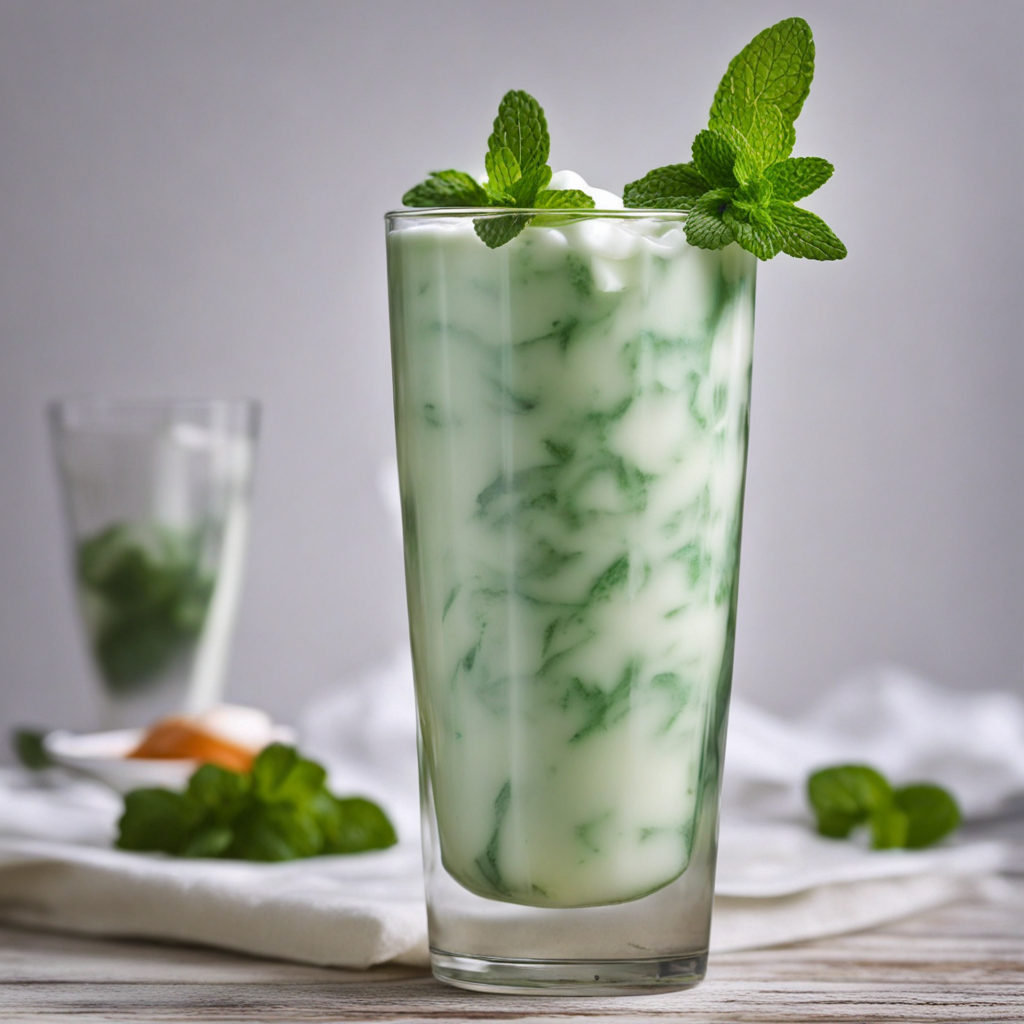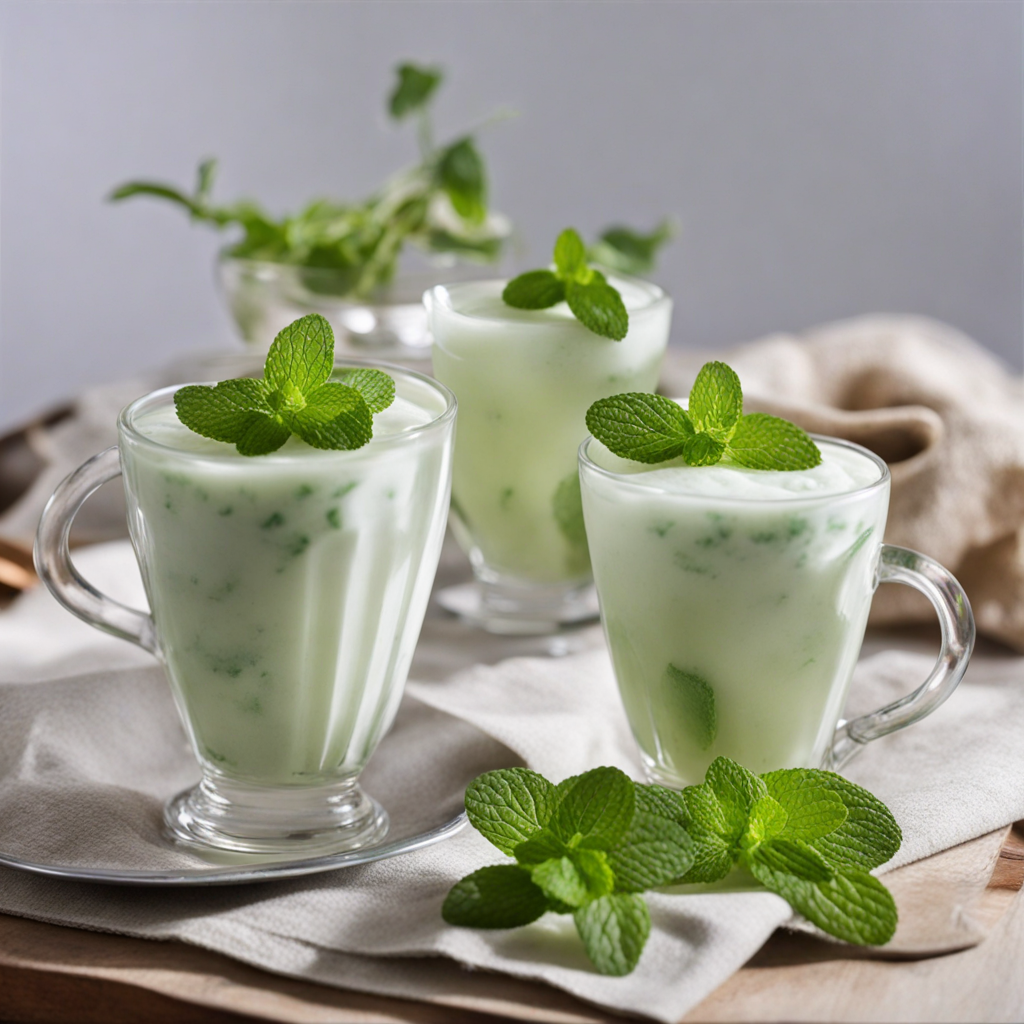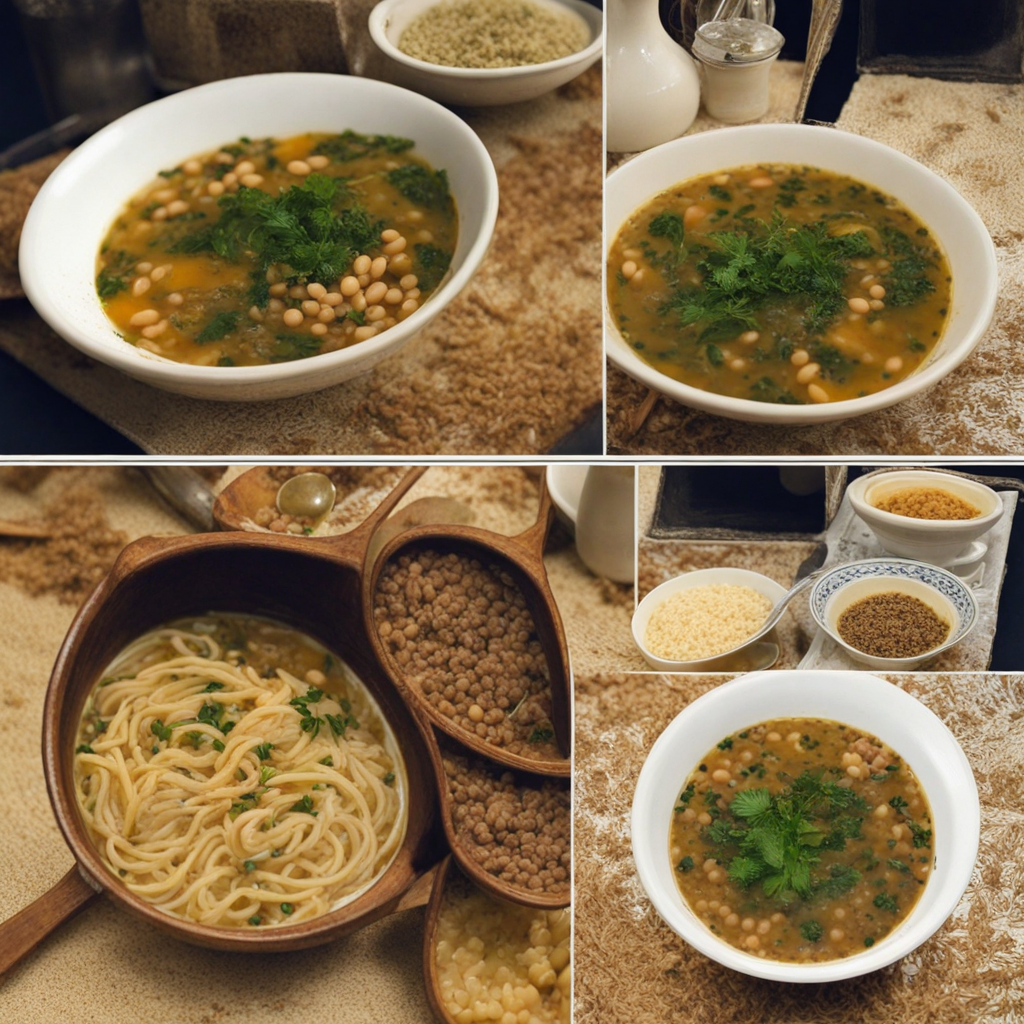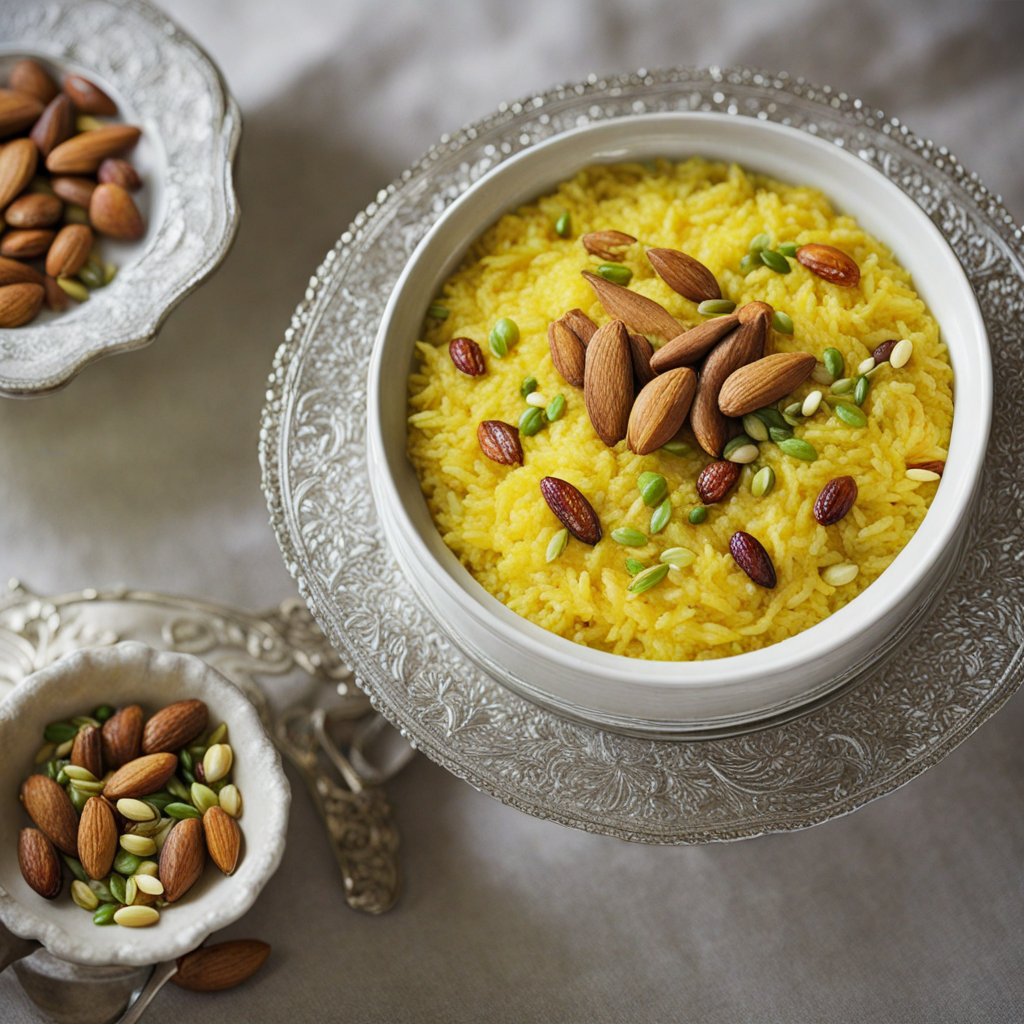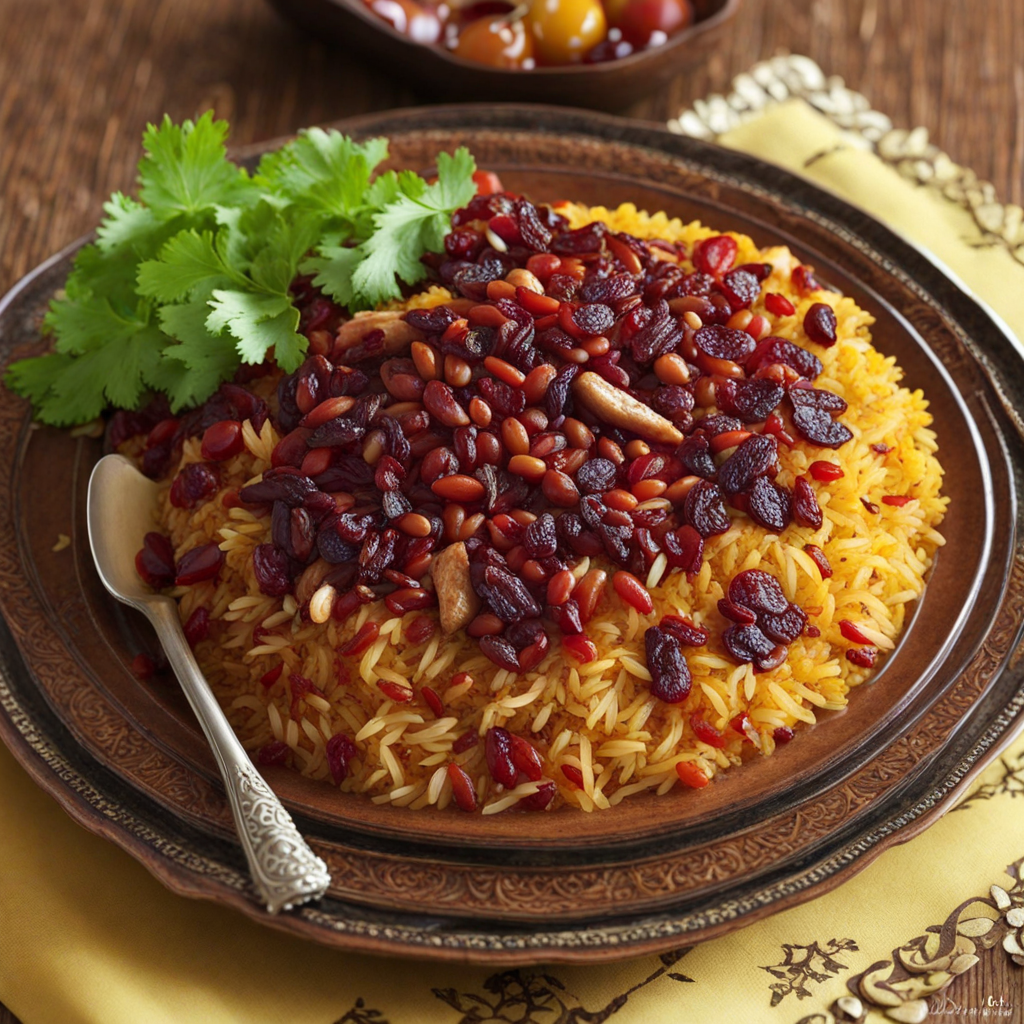Doogh
Doogh is a refreshing Iranian beverage that beautifully combines yogurt, water, and a hint of salt, creating a creamy yet light drink that perfectly complements various dishes. Traditionally served chilled, this tangy concoction offers a unique taste experience that balances the rich creaminess of yogurt with the crispness of water. The subtle saltiness enhances its flavor, making it a delightful accompaniment to spicy foods, grilled meats, or even a simple bowl of rice. Often garnished with fresh mint or dried herbs, Doogh not only tantalizes the palate but also adds a vibrant touch to the dining table. In addition to its delicious taste, Doogh is celebrated for its health benefits. Packed with probiotics from the yogurt, it promotes gut health and aids in digestion, making it an excellent choice for those looking to enjoy a nutritious beverage. The drink is also hydrating, particularly in the warm climate of Iran, where it serves as a perfect thirst quencher. Its versatility means that Doogh can be enjoyed year-round, whether at a summer picnic or alongside hearty winter stews. What sets Doogh apart from other yogurt drinks around the world is its unique blend of flavors and cultural significance. In Iran, it is more than just a drink; it is a staple at gatherings and celebrations, often handcrafted in homes to serve guests. The process of making Doogh can vary from region to region, with some adding carbonated water for a fizzy twist or incorporating various herbs and spices for added depth. Discovering Doogh is an invitation to explore a cherished aspect of Iranian culture, where the simple act of sharing this drink can foster community and warmth.
How It Became This Dish
Origin of Doogh Doogh, a traditional Iranian beverage, has roots that trace back to ancient Persia. The drink is primarily made from yogurt, water, and salt, and its origins can be linked to the nomadic tribes of the region who relied on fermented dairy products for sustenance. The process of fermenting milk into yogurt was likely discovered by these early peoples as a means to preserve nutrients in the arid climate of Iran. Doogh is thought to have evolved as a way to create a refreshing drink from yogurt during the hot summer months, providing hydration and nourishment simultaneously. The earliest historical references to yogurt-like products can be found in ancient texts, including those from the Mesopotamian civilizations. However, the more specific mention of doogh appears in Persian literature, where it is celebrated for both its flavor and its health benefits. Ancient Persian kings and their courts often enjoyed doogh, and it became a staple in the households of the wealthy, symbolizing affluence and hospitality. \n\n Cultural Significance In Iranian culture, doogh is more than just a drink; it represents a sense of community and tradition. It is often served during meals, particularly with rice dishes, grilled meats, and various stews. The act of preparing doogh can be seen as a communal activity, with families coming together to churn yogurt into a drinkable form, often adding herbs like mint or dill for flavor. This practice not only enhances the drink but also strengthens familial bonds and cultural identity. Doogh is also a common feature at celebrations and gatherings, such as weddings and festivals, where it is served alongside traditional dishes. Its refreshing nature makes it a popular accompaniment to spicy foods, helping to balance flavors and provide relief from heat. The beverage is often enjoyed during Persian New Year (Nowruz) celebrations, symbolizing renewal and the onset of spring, further embedding it in the cultural fabric of Iran. \n\n Development Over Time As time progressed, doogh began to see variations in its preparation and presentation. In the 20th century, with modernization and globalization, the drink was commercialized, leading to the mass production of bottled doogh that became widely available in supermarkets and convenience stores. Many brands now offer different flavors, including carbonated versions, which cater to a younger audience and those with a taste for novelty. Despite these modern adaptations, the traditional method of making doogh remains cherished. Home preparation is still common, especially in rural areas where families continue to produce yogurt using age-old techniques. This connection to tradition is maintained through family recipes passed down through generations, ensuring that the essence of doogh remains intact. \n\n Regional Variations While doogh is predominantly known in Iran, it has inspired similar beverages in neighboring countries, leading to regional variations. In Turkey, a similar drink called "ayran" is popular and often made with yogurt, water, and salt but typically has a thicker consistency. Similarly, in the Caucasus region, variations exist that incorporate local herbs and spices, reflecting the agricultural diversity and culinary preferences of those areas. In Iran itself, doogh can vary by region, with different provinces adding local ingredients. For instance, in northern Iran, doogh may be infused with fresh herbs, giving it a vibrant green hue and a burst of flavor. In contrast, southern regions may prefer a spicier take, incorporating chili or other hot spices. These regional differences not only showcase the versatility of doogh but also highlight the rich tapestry of Iranian cuisine. \n\n Health Benefits The health benefits of doogh cannot be overlooked. Rich in probiotics, vitamins, and minerals, it is often regarded as a digestive aid and is believed to help with gut health. The fermentation process involved in yogurt production enriches doogh with beneficial bacteria, making it a natural and healthier alternative to sugary soft drinks or artificial beverages. Additionally, doogh is typically lower in calories and provides a good source of hydration, especially in hot climates. In contemporary health conversations, doogh is increasingly recognized for its potential role in a balanced diet. Nutritionists often recommend it as a part of a healthy lifestyle, emphasizing its nutritional value compared to other soft drinks. The cultural significance of doogh as a refreshing drink is now accompanied by a growing awareness of its health benefits, appealing to a broader audience beyond traditional consumers. \n\n Global Influence and Modern Adaptations In recent years, doogh has gained international attention, with Iranian restaurants and Persian cuisine becoming more popular worldwide. Chefs and food enthusiasts alike have begun to experiment with doogh, incorporating it into contemporary dishes or using it as a marinade for meats, thereby introducing it to new palates. This global influence has not only helped preserve the drink's heritage but has also allowed it to evolve, finding a place in modern gastronomy. Social media has played a significant role in promoting doogh, with food bloggers and influencers showcasing its versatility and health benefits. This modern visibility has sparked interest in traditional Iranian cuisine, encouraging people to explore and appreciate the rich history and culture surrounding doogh. As a result, doogh is not just a nostalgic beverage but also a symbol of culinary innovation, bridging the past and the future. \n\n Conclusion Doogh stands as a testament to the enduring nature of culinary traditions. From its humble beginnings as a fermented drink among nomadic tribes to its place in modern culinary culture, doogh encapsulates the essence of Iranian hospitality and pride. Its evolution reflects broader societal changes while maintaining a deep connection to its roots, making it a beloved beverage that continues to be celebrated both in Iran and beyond. As global interest in Persian cuisine grows, doogh will undoubtedly remain a cherished symbol of Iran's rich culinary heritage.
You may like
Discover local flavors from Iran


